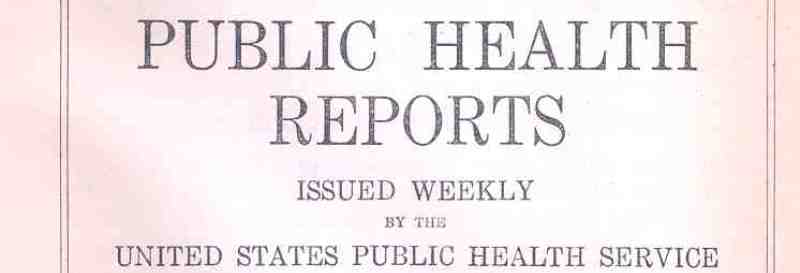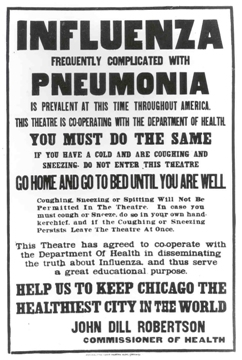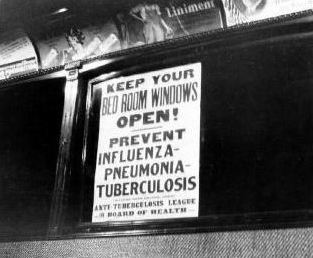
Introduction
 |
It is
1918. World War I rages on in Europe, but lately, there are hints of an
even
greater menace, here on American soil. Stories of people waking up
healthy and
dying by evening. Whole families wiped out within a matter of days. The
hospitals are overwhelmed, physicians are unsure of the best methods of
treatment, and people are scared to leave their homes. The Spanish Influenza has struck! |
Task
You are a public health official working in Atlanta in 1918. Your group's task is to create a health pamphlet for the public health awareness campaign for the Spanish Influenza. This pamphlet will include images and information relating to the flu, and should answer these questions:
|
 |
While
researching information, keep in mind that the health pamphlet should
reflect
the scientific knowledge in 1918, not current day.
Working with your group, use the following links to answer the questions about the Spanish Influenza. Pay close attention to primary sources.
http://www.pbs.org/wgbh/americanexperience/features/introduction/influenza-introduction/
http://georgiainfo.galileo.usg.edu/1918flu.htm
http://www.stanford.edu/group/virus/uda/
Use
the
websites above or the following links to find at least three pictures
for the pamphlet.
Be sure to cite your sources.
http://www.life.com/image/77947495/in-gallery/25771#index/0
http://nmhm.washingtondc.museum/collections/archives/agalleries/1918flu/1918flu.html
Using the answers to your research, create a health pamphlet to inform and warn the public about the Spanish Influenza. Again, you are working from the perspective (and scientific knowledge) of someone in 1918. You can see examples of modern day health pamphlets at the following website.
When finished, save the pamphlet as a PDF file in the group folder.
Evaluation
The project will be graded based on the following rubric:
|
|
Poor |
Fair |
Good |
Excellent |
|
Information |
Pamphlet
includes correct information for less than 3 questions |
Pamphlet
includes correct information for 3-4 questions |
Pamphlet
includes correct information for 5-6 questions |
Pamphlet
includes correct information for all questions |
|
Images |
Pamphlet
includes no images related to the subject |
Pamphlet
includes 1 image related to the subject |
Pamphlet
includes 2 images related to the subject |
Pamphlet
includes 3 images related to the subject |
|
Pamphlet |
Pamphlet
shows poor design, lack of titles, inconsistent font choices, layout is
lacking |
Pamphlet
shows adequate design and issues with titles, fonts, and layout |
Pamphlet
shows good design with titles, fonts, and layout used properly for the
most part |
Pamphlet
shows excellent design with titles, fonts, and layout used properly |
|
Mechanics |
More
than 4 spelling and/or grammatical errors |
Four
spelling and/or grammatical errors |
One
to 3 spelling and/or grammatical errors |
No
spelling or grammatical errors |
Conclusion
After submitting your pamphlet, meet with your group and discuss the following items:
- How much did you know about the Spanish Influenza before this project?
- What did you learn about the Spanish Influenza that surprised you?
- What scientific information do we know now that could have helped back then?
- Are
there any similarities between the media coverage back then and the
media
coverage today?
Last updated on 2.25.2011 by E.G.King